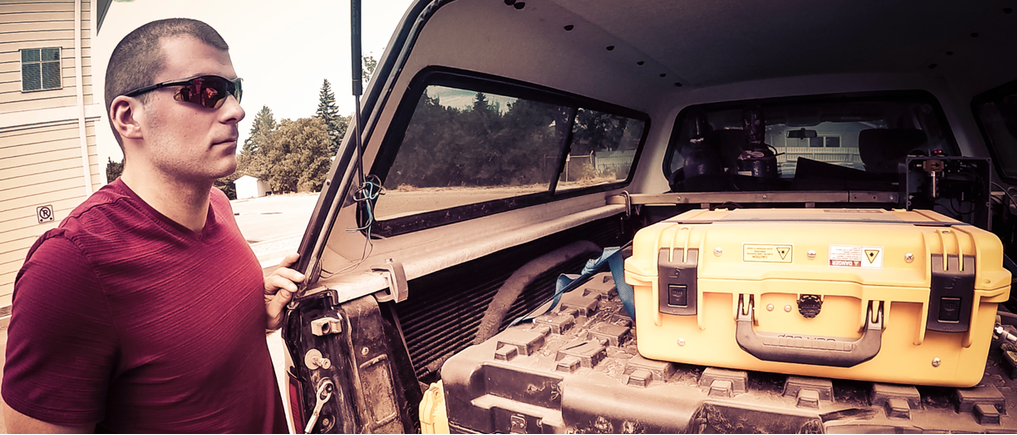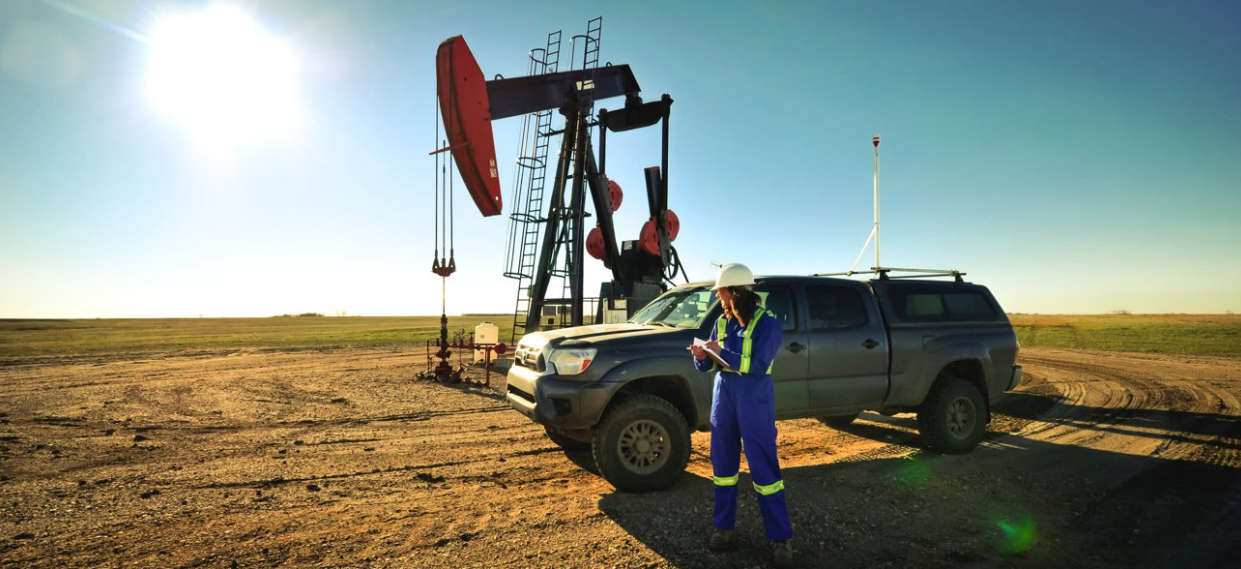Lead Proponent: Saint Francis Xavier University
Location: Antigonish, NS
ecoEII Contribution: $ 909,000
Project Total: $ 1,634,000
Project Background
The International Energy Agency CCS Technology Roadmap (2009) characterizes the development of “international monitoring and verification protocol” as the number one “International Legal Issue” related to Carbon Capture and Storage (CCS) rollout, and encourages environment ministries around the world to develop appropriate and harmonized methodologies. The development of carbon storage validation has not kept pace with development of the larger CCS technology, especially for surface Monitoring Verification and Accounting (MVA). While various groups have done intercomparison tests, evaluations have not been quantitative, but loose and lacking rigour. CCS operators need clear guidance on which tools are suitable for implementation. Furthermore, there has been no inter-comparative testing of surface MVA technologies in Canada, across seasons and in various ecotypes.
Recognizing the need to advance surface MVA technologies, St. Francis Xavier University proposed the project “Surface Containment Monitoring for Carbon Capture and Storage” for ecoEII funding. The Project was awarded $909K. Monitoring and verification of CO2 at storage sites is an important part of making CO2 storage safe, effective and reliable. MVA tools are used to track the location where CO2 is injected, to ensure that injection and abandoned wells are not leaking, and to verify the quantity of CO2 that has been injected underground. Monitoring is also important in ensuring that groundwater and ecosystems are protected and the local population is not exposed to unsafe concentrations of CO2. The project comprised of inter-comparative research elements (comparison of technologies), and developmental elements (development of technologies).
Results

Flux Lab researcher, James Williams, with research truck ready for another day of fugitive emissions mapping. The research truck pictured is Toyota Tacoma with a cap that stores the detection equipment while data is collected.
Phase 1 of the project focused on seepage detection at CO2-Enhanced Oil Recovery (EOR) sites using detection techniques for measuring, monitoring and verification of CO2 storage integrity for large footprints. The signal-to-noise ratio (SNR) of various monitoring techniques used at two depleted oilfields in south-eastern Saskatchewan - Weyburn and Midale, Saskatchewan where the International Energy Agency Greenhouse Gas (IEAGHG) Weyburn-Midale Monitoring program had just completed in 2012. Techniques such as soil gas sampling strategies (for respirated and soil CO2), and soil surface CO2 flux techniques, including those enhanced with biological modeling algorithms for noise reduction to enhance SNR were studied. However, large footprint techniques, had not been applied under the IEAGHG Weyburn-Midale Monitoring program. This led to the development of a mobile fugitive emissions measurement platform.
A new truck-based measurement platform was developed. Mobility of the measurement system facilitates monitoring of large footprints, unlike systems using fixed Eddy Covariance and other techniques that are capable of measuring only about 1 km2. The new measurement platform was tested at a project partner’s operations. Not only was it possible to detect fugitive and vented emissions from the partner’s operations, but it was possible to detect emissions from neighbouring operations. Moreover, it was possible to discriminate between emissions from different operations.

Flux Lab Researcher, Jennifer Baillie, with research truck parked in front of oil field pump jack located in Weyburn, SK. Jennifer takes notes on a clipboard outside of the research truck.
Phase 2 of the project added breadth to the previous phase 2 - in terms of geography and emission types. Additional project partners were brought on board, including the Southeastern Saskatchewan Airshed Association (SESSA), the Saskatchewan Ministry of Environment, and Altus Geomatics. Broad regional survey campaigns were conducted to understand fugitive emission patterns. The timeline for some surveys and subsequent data processing were compressed given the spatial scales involved, specifically where 8 blocks (total area of 800 km2) were surveyed 6-8 times, over 2 seasons (summer, fall). Work on these surveys continued beyond the end of the ecoEII funded project.
Benefits to Canada
Simpler, more effective, and streamlined surface monitoring for CCS benefits EOR operators, and has the potential to reduce emissions from Canada’s EOR sector.
Next Steps
Complete work on survey campaigns and share results broadly. Cross-border initiatives are underway with the US National Energy Technologies Laboratory at the Marcellus Shale Energy and Environmental Laboratory, and various partners in the UK.